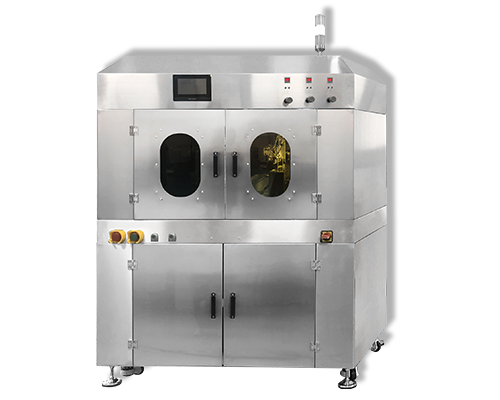Medical Tubing Market Overview
Medical Tubing Market Overview – Tube Coating – Cheersonic
Why is the medical device market growing? Reasons for the expected growth of the medical device market include:
Rapidly ageing population and increasing life expectancy
More and more people are looking for a higher quality of life
The incidence of chronic diseases is on the rise
Rapidly increasing prevalence of infectious diseases
Obesity rates on the rise
Increased number of surgeries and complex procedures
Use of advanced technology
Global healthcare spending continues to rise
Strong economic growth and growing availability of healthcare facilities in emerging countries
Global market for medical devices. The global medical device market size will reach nearly $456.8 billion in 2020, according to business research firms. The market is expected to grow to $662 billion by 2025, representing a CAGR of 7.7% compared to $456.8 billion in 2020. After 2025, the global medical device market is expected to grow at a compound annual growth rate (CAGR) of 5.5%, reaching $863.24 billion in 2030.
The main reason for the expected decline in growth is that governments have imposed lockdowns in response to the new crown epidemic, which has hindered global supply chains, including medical device manufacturing.
Global market for hose and tubing. The overall growth of the medical device market has led to increasing demand for medical tubing. According to Grand View Research, the global medical tubing market size was estimated at USD 11.39 billion in 2020 and is expected to grow at a CAGR of 7% from 2020 to 2028. In addition, the market growth of tubing can also be attributed to: the application of cost-competitive medical grade plastics; increasing awareness and prevention of hospital-acquired infections (nosocomial infections), the increasing use of disposable or disposable devices surge in demand; and access to more medical supplies in developing countries.
main trend. There is a growing trend towards further development of diagnostic devices in order to help detect disease in its initial stages and reduce the cost of treatment. In addition, there is a growing focus on preventing the spread of infection from one patient to another.
Continuous innovation in drug delivery systems is expanding the need for customizable tubing. Furthermore, innovations such as intracochlear drug delivery and light-triggered drug delivery are expected to trigger demand growth for nanomedicine tubes.
Minimally invasive medical procedures have the advantages of low cost, fast patient recovery time, and short hospital stay. Consequently, the increasing importance of minimally invasive procedures over traditional surgical procedures has in turn expanded the market for tubing used to perform such procedures.
The development trend of minimally invasive surgery also puts forward higher technical requirements for medical devices, making their designs smaller and more complex.
Medical tubing applications. On the basis of specific applications, the medical tubing market is segmented into bulk disposable tubing, drug delivery systems, catheters, biopharmaceutical laboratory equipment, and others.
Among them, the stent tube and implant-grade tubing market is expected to grow substantially. Advances in wound therapy, i.e., the use of catheters to remove infectious substances and fluids, are also expected to drive the growth of this market segment.
Market by Material. Based on the materials used, the medical tubing market is segmented into polyolefin, silicone, polyvinyl chloride (PVC), fluoropolymer, polycarbonate and other categories. Among them, PVC is the most widely used thermoplastic material in medical tubing manufacturing, but silicone is growing rapidly.
Due to the increasing demand for single-use sterile medical devices, the demand for PVC pipes is also expected to increase, as the material is not only transparent and biocompatible, but also highly resistant to chemicals. In 2020, PVC continues to lead the medical tubing market, with sales accounting for 29.5% of the global medical tubing market, while silicone is expected to be the second fastest growing segment due to its inherent excellent suitability, especially for implantable devices segment of the market.
Ultrasonic nozzles are particularly suitable for a wide range of medical coating applications due to their very precise, non-blocking, repeatable spray performance and extremely low flow rate capability. For several years, Cheersonic has been providing ultrasonic medical coating system to medical device manufacturers worldwide. As medical device technology evolves, we will continue to design unique medical coating ultrasonic spray solutions to enhance patient safety and provide the highest quality medical device coating on the market.


